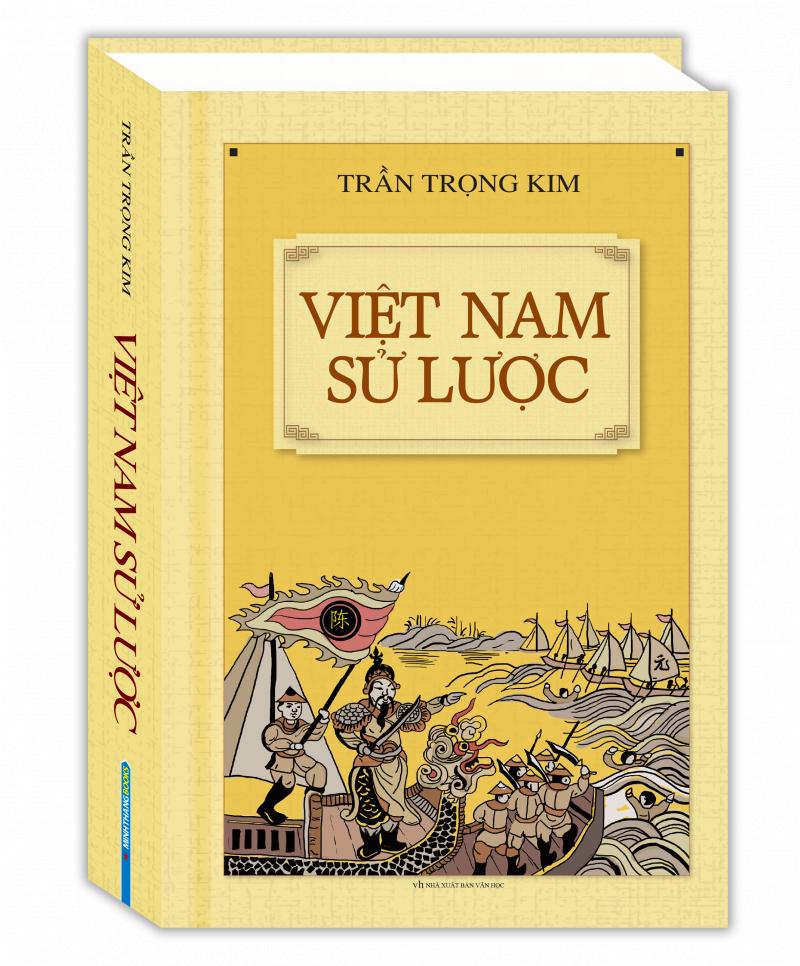
The level of techniques in the products in this period was also sophisticated with the introduction of potter’s wheel and the use of a thin yellow or white glaze to cover thick-walled ceramics.

From the excavation of Chinese tombs, it can be seen and proven. Chinese Dominationĭuring a millennium of Chinese domination, Vietnamese continued art production on native methods together with newly adapted techniques from Chinese in making ceramics. The flourishing period of Dong Son culture in North Vietnam (from about 1,000 BC to the 4th century BC) was the civilization responsible for the world-famous Dong Son drums which gave us an important peek into early Vietnamese life. The techniques of decorating ceramics during 3 major stages in the development of ceramic art in the Bronze Age named Phung Nguyen, Dong Dau and Go Mun became the early models of decorative motifs on the bronze objects of the Dong Son civilization.

The techniques for making stone objects in the Neolithic era reached a sophisticated level with rhythmic designs reflecting original geometric thinking. The primitive clay pottery which was discovered in archaeological sites of Bac Son, Vietnam became the oldest artifact hailing from the Stone Age around 8,000 BC. Together with these influences, art of Vietnam has always retained many distinctively Vietnamese characteristics. By the 19th century, the influences of French art gave a start in the birth of modern Vietnamese art. Undoubtedly, Vietnamese art absorbed many Chinese influences from 2nd century BC until the 10th century AD.

Followed by other important periods of history including Bronze Age, Chinese Domination (111 BC to 939 AD), Ngo to Tran Dynasty, the Fourth Chinese Domination and Le Dynasty, Nguyen Dynasty and Modern Art, Vietnamese art still keeps its long process of development until present. Vietnamese art has undergone a long and rich history when its earliest examples dated back as far as the Stone Age around 8,000 BC.


 0 kommentar(er)
0 kommentar(er)
